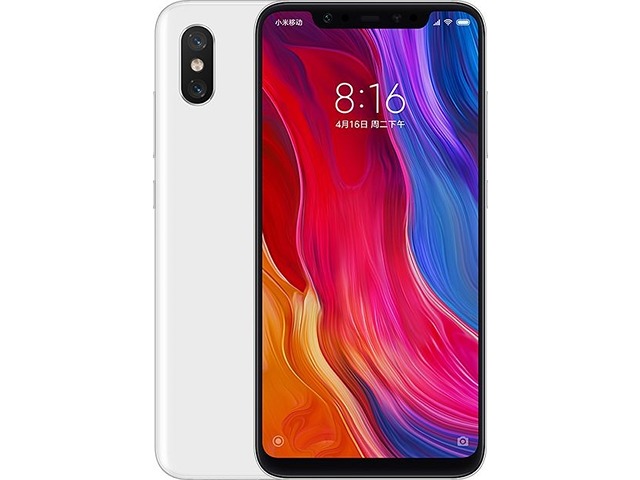Get More Information about Xiaomi Mi 8 in this Review
Because cellular phones are relatively comparatively pricey, buying them is not an everyday task. So, if you decide to purchase a new cellular phone, make sure to get the best one for you. This Xiaomi Mi 8 review is your best resource for understanding the meanings of the majority of Xiaomi Mi 8 specs, which will allow you to make an informed decision.
Xiaomi Corporation announced Xiaomi Mi 8 mobile phone model on 5/1/2018, and Released in 2018, in June. However, this model’s status in the market is: Available.
Xiaomi Mi 8 has 6.21 inches, a 97.1 cm2 screen size and Corning Gorilla Glass 5 as display protection that is designed to save the screen when the phone drops on hard and jagged surfaces.
Xiaomi Mi 8 has 64GB 6GB RAM, and 3400 mAh battery life (the more mAh value gives more strength to the battery). When you buy Xiaomi Mi 8, you will gain a 12 MP, f/1.8, 1/2.55″, 1.4µm, dual pixel PDAF, 4-axis OIS rear camera and 20 MP, f/2.0, (wide), 1/3″, 0.9µm selfie camera.
Xiaomi Mi 8 comes with the following performance and platforms:
* Android 8.1 (Oreo), upgradable to Android 10, MIUI 12 operating system,
* Qualcomm SDM845 Snapdragon 845 (10 nm) Chipset,Octa-core (4×2.8 GHz Kryo 385 Gold & 4×1.8 GHz Kryo 385 Silver) Processor.
To get a full good Xiaomi Mi 8 review and make a wise decision on what device you will buy, continue reading the following lines.
Read Xiaomi Mi 8 Review To Learn More About The Body Specifications
smartphone’s body features are very important to be taken into account when thinking to buy a new device. These specifications are the body dimensions, the body weight, and the body build. In these following lines, you will read Xiaomi Mi 8 review in terms of the body characteristics.
* Body Dimensions: 154.9 x 74.8 x 7.6 mm (6.10 x 2.94 x 0.30 in) which means height, width, and thickness (depth) respectively.
* Body Weight: 175 g (6.17 oz).
Any weight between 140g and 170g is considered suitable for cellular phones and is good for the majority of users.
* Body Build: Glass front (Gorilla Glass 5), glass back (Gorilla Glass 5), aluminum frame (7000 series).
You could find the following types of cellular phone’ bodies:
* Metal. It is the strongest one in terms of saving the devise components, that’s because it’s made of metals.
* Plastic. Because it doesn’t bend, this type could be sturdy than metal. Also, It works for a longer period of time than a glass one because it doesn’t break easily.
* Glass. In spite of the brittle nature of glass making it more breakable, this type of smartphone’s body looks more polished and appealing.
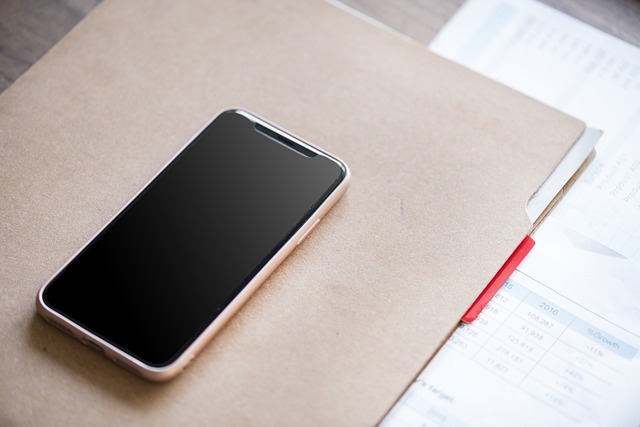
Read Xiaomi Mi 8 Review To Know Its Colors
Competition between cellular phones manufacturers is no longer limited to technological matters, such as memory size, camera strength, and processor power. Rather, it went beyond the competition in the colors of the smartphone covers, which have become significantly more varied.
Xiaomi Mi 8 comes in the following colors: Black, Blue, White, and Gold.
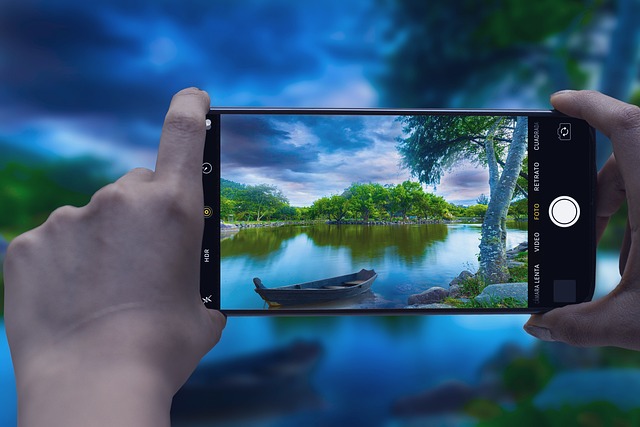
Xiaomi Mi 8 Review – Understanding Display Terms
As cellular phone inventions evolve very fast, it is hard to identify any mobile phone or combination of characteristics as the best. This applies to the quality and specifications of the screen. In fact, choosing it depends on your particular requirement and the areas in which you use cell phones. In the following lines, we will explain the essential screen features of the Xiaomi Mi 8
Display Type: Super AMOLED – Always choose a display kind that offers actual black and more vivid colors.
Display Size: 6.21 inches, 97.1 cm2 – The common standard screen size of cellular phones now averages between 4.7 and 6.5 inches.
Display HDR: HDR10 – HDR (High Dynamic Range) means that an image’s darkest and lightest areas have a noticeable contrast.
Screen To Body Ratio: (~83.8% screen-to-body ratio). It refers to the percentage of how much the screen covers the front side. Smartphones that have the largest screen-to-body ratio look delicate and give them a premium look.
Display Resolution: 1080 x 2248 pixels. It is the clarity of an image video in detail and sharpness. The pixel resolution for high-definition screens is 1920 x 1080.
Display Density: (~402 ppi density). It is the number of physical pixels per inch on a screen and is measured in Pixels Per Inch (ppi).
Display Protection: Xiaomi Mi 8 comes with the following display protection:
* Corning Gorilla Glass 5
* Corning Gorilla Glass 5.
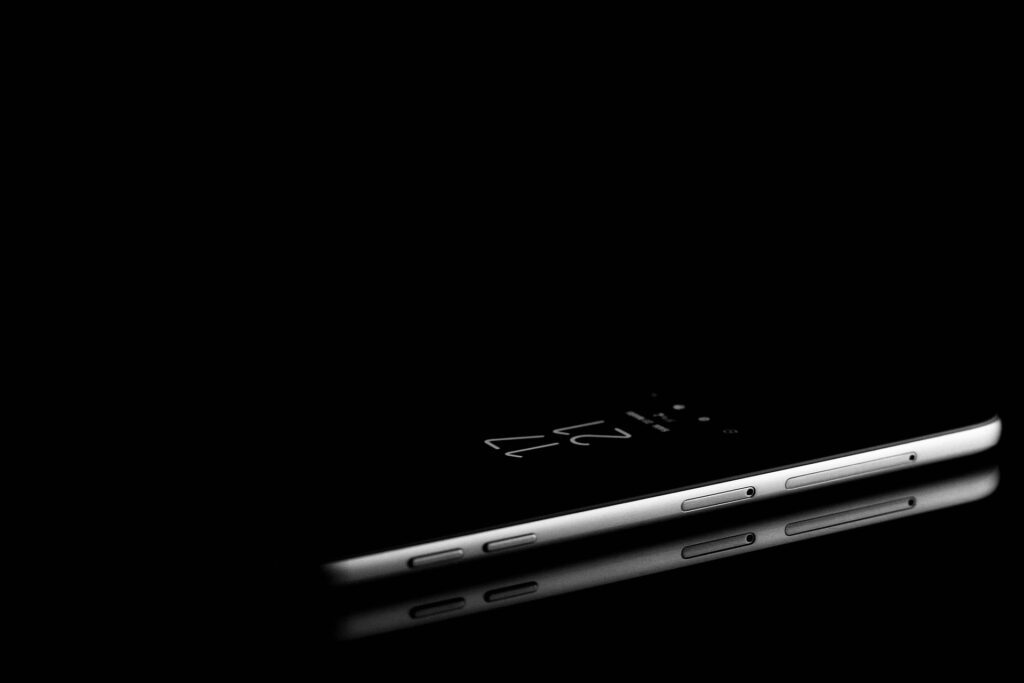
Xiaomi Mi 8 Review – Camera Specifications
In the following lines, you will find Xiaomi Mi 8 reviews about the main cameras.
* Main Camera Single: {12 MP, f/1.8, 1/2.55″, 1.4µm, dual pixel PDAF, 4-axis OIS}.
The following lines explain some of the symbols included in the camera spec:
MP (Megapixels) is the resolution of the image taken by a smartphone.
(f value) is the aperture of a lens that indicates how much light it lets in. A bigger aperture lets in more light, and vice versa..
(mm value) This measurement is of the lens’s focal length, which affects the final image that is produced by your camera.
AutoFocus (AF) is the function of a camera to automatically focus on a subject.
* Main Camera Dual: 12 MP, f/2.4, 56mm (telephoto), 1/3.4″, 1.0µm, AF, 2x optical zoom
The main camera features are as follows:
HDR, panorama, 4K@30/60fps, 1080p@30/120/240fps, 720p@960fps main video camera.
In the following lines, you will find a Xiaomi Mi 8 review of the selfie camera:
* Selfie Camera Single: 20 MP, f/2.0, (wide), 1/3″, 0.9µm
The main camera characteristics are:
1080p@30fps Selfie video camera.
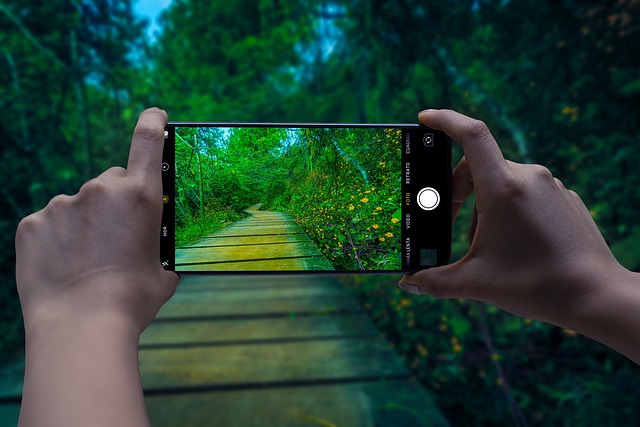
What’s The SIM card? Xiaomi Mi 8 Review
SIM an abbreviation for Subscriber Identity Module, and it’s a small electronic card that slot into your smartphone. It is an electronic chip is available in three sizes: Standard (Mini), Micro, and Nano, and it allows you to connect to a cellular network. Then, you can make calls, send SMS messages, and connect to mobile internet services like 3G, 4G, and 5G. For more info about 3G / 4G networks, refer to Xiaomi Mi 8 3G or Xiaomi Mi 8 4G articles. However, you can use the cellphone without a SIM to use some available applications on it, play games, and connect to a Wi-Fi network to browse the web.
This cellular phone model comes with Dual SIM (Nano-SIM, dual stand-by) card. For more information, refer to How to insert SIM card in Xiaomi Mi 8 article.
Here are the common SIM card kinds:
* Nano SIM. This removable SIM card size is the smallest available one, so it is the most modern one (other than eSIMs, which we’ll talk about it very soon) and most current mobile phones are using it.
* Micro SIM. They have a little bit larger chip, and they’re seldom been used in the recent years.
* Standard SIM (Mini SIM). It is the biggest SIM card size in use, and it’s the most seldom used.
* eSIM. It is an embedded SIM card, meaning that you can’t remove it from your smartphone.

Xiaomi Mi 8 Review of The Performance
This model has a Qualcomm SDM845 Snapdragon 845 (10 nm) chipset.
A chipset on a smartphone is most usually termed a system-on-chip (SoC). It is an integrated circuit that combines all the basic components of a device on a single chip. The most popular types are QUALCOMM Snapdragon, MEDIATEK CHIPSETS, and INTEL ATOM.
Xiaomi Mi 8 has Octa-core (4×2.8 GHz Kryo 385 Gold & 4×1.8 GHz Kryo 385 Silver) CPU.
The performance of the CPU will be improved by increasing the number of cores and the processing speed.
Xiaomi Mi 8 has the following GBU (Graphics Processing Unit): Adreno 630.
This chip is responsible for handling and accelerating all graphics jobs, and the faster the GPU, the more powerful the cellular phone will be.
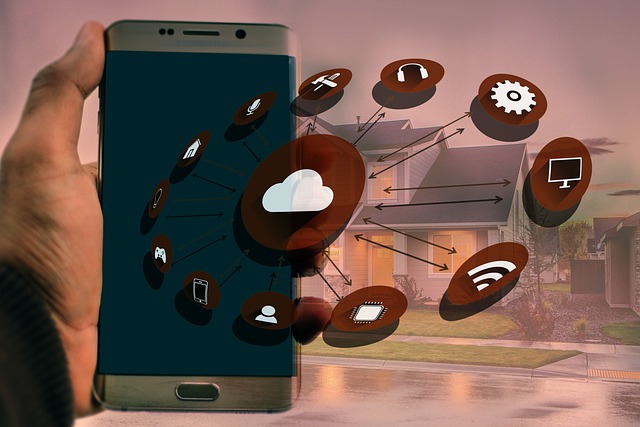
Xiaomi Mi 8 Review of the Storage features and Capacity
The quantity of storage that a new cellphone provides is one of the fundamental decision considerations.. and the following internal memory: 64GB 6GB RAM – 128GB 6GB RAM – 128GB 8GB RAM – 256GB 6GB RAM
There are two types of phone memory:
Internal: It is integrated inside the phone, and can’t be expanded. These days, most cellular phones come with the internal memory of at least 32GB or 64GB and a few high-end models feature 256GB or 512GB.
External: It is a removable SD card used as extra storage to save photos, music, videos, etc., regardless of the kind of SD card slot.
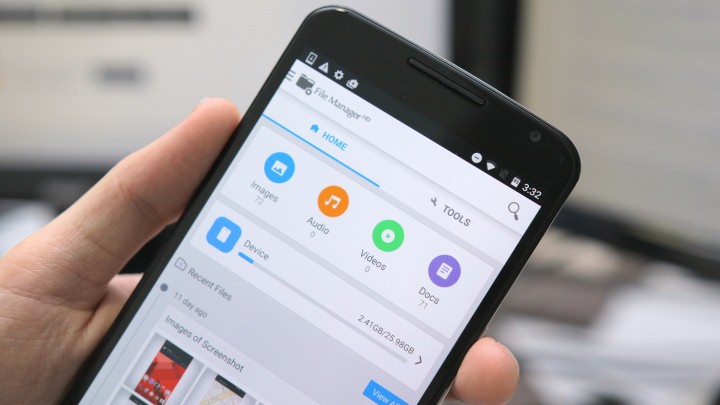
Xiaomi Mi 8 Review of Connectivity and Mobile Networks
The intricate architecture used by mobile networks involves base stations distributing radio waves through hexagonal areas known as “cells” (hence mobiles also known as cellular phones). In order to exclude any signal-deficient locations, thousands of cells overlap across several geographic areas. Three different network types exist today: 3G, 4G, and 5G. These networks have the capability to pick up and deliver mobile connections in addition to transmitting and receiving data and information.
Xiaomi Mi 8 supports the following networks: 3G. For more info, refer to Xiaomi Mi 8 3G article. – 4G. For more info, refer to Xiaomi Mi 8 4G article.

Xiaomi Mi 8 Review – Available Wireless Connections
This model comprises the following wireless communications:
* WLAN connection: {Wi-Fi 802.11 a/b/g/n/ac, dual-band, Wi-Fi Direct, DLNA, hotspot}. Wireless Local Area Network depends on Wi-Fi to connect to the home or office wireless network using the local router and provides Internet access.
* Bluetooth connection: {5.0, A2DP, LE, aptX HD}. It is a common wireless communication protocol used to connect two devices together over short ranges, allowing them to share data between different devices.
* GBS connection: {Yes, with dual-band A-GPS, GLONASS, BDS, GALILEO, QZSS}.Global Positioning System allows mobile phone to determine any position you need.
* NFC connection: {Yes}.Near Field Communication is a wireless technology that allows your mobile phone to transfer data to another device when they’re close together, so it’s generally used for contactless payments. For more information, refer to NFC on Xiaomi Mi 8 article.
* USB connection: {USB Type-C}.Universal Serial Bus is wired technology that allows users to connect two devices, such as a smartphone with a PC, to either transfer data or to charge the connected device.
* Features Sensors: {Infrared Face ID, fingerprint (rear-mounted), accelerometer, gyro, proximity, barometer, compass}. The sensor is a device that detects and majors the changes in the nearby environment such as ambient light and motion.

The Operating System – Xiaomi Mi 8 Review
This model comes with {Android 8.1 (Oreo), upgradable to Android 10, MIUI 12} operating system.
Main Specs of The Battery – Xiaomi Mi 8
Nothing is more essential than the battery of the cellular phone that keeps these gadgets running and keeping daily life working. In the following lines, you’ll see a Xiaomi Mi 8 review of its primary battery.
* Battery Technology: {Li-Po}.
* Xiaomi Mi 8 comes with {non-removable} battery.
* Battery Capacity: {3400} mAh. It refers to the amount of storage volume a particular battery may offer. A battery with a 3100 mAh capacity rating could supply a current of 3100 mA for one hour. Higher mAh ratings for the same battery type will generally mean more working time.
* Battery Charging: {Fast charging 18W}.
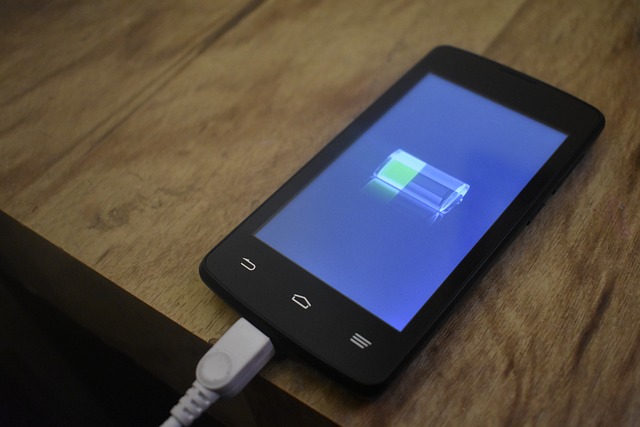
Xiaomi Mi 8 Review – The Battery Secondary Specifications
In addition to the main Xiaomi Mi 8 features that we mentioned earlier, this model has more battery-related characteristics that are relatively varied depending on the kind of smartphone. These features are as follows:
* Battery Charging Original: {Fast charging 18W, Quick Charge 4+}.


